
Dangerous Neighbors: Pipelines, Compressor Stations, and
reviewed study specific to PA compressor stations found that “distance to industrial sites correlated with the prevalence of health symptoms. For example, when a gas well, compressor station, and/or impoundment pit were 1500 4000 feet away, 27 percent of participants reported throat irritation; this

Identifying Minimum Safe Distance between Adjacent
impact after high pressure gas pipeline blasting on adjacent oil pipeline and non joint cathodic protection interference between parallel pipelines, are respectively described. Finally, taking Zhongwei Guiyang gas pipeline and Lanzhou Chengdu oil pipeline for example, the reasonable distance between adjacent parallel pipelines is also proposed.

United States Pipelines map Crude Oil (petroleum
The pipeline routes on the map are labeled with the codes that are explained in the table. Pipeline label codes are colored green for oil, red for gas and blue for products, such as gasoline, propane and ethylene. The diameter, length and capacity of the pipeline, if known, are shown on the table.

Pipeline Valves—Always Ready Valve Magazine
According to Hart Data and Mapping Services, the United States has over 700,000 miles of crude oil and natural gas pipelines—about 100,000 miles of crude onshore pipelines and over 600,000 miles of onshore gas pipelines. This number stands to greatly increase as drilling in the various shale plays across the continent occurs.

GUIDANCE DOCUMENTS FOR CONSTRUCTION NATURAL
designed to enhance the safety of everyone involved with new natural gas pipelines crossing existing natural gas pipeline facilities. The Guidelines recognize safety is a shared responsibility between operators, contractors, locators and everyone involved in the planning and construction process.

How Do Pumping Stations Work? Rigzone
Pumping Stations at Work: Trans Alaska Pipeline. Pumping Station 1 has a pumping capacity of 420,000 barrels of oil per day, and Pumping Station 5 has a through put capacity of 150,000 barrels of oil per day. All the other stations house a pumping capacity of 55,000 barrels of

Environmental and Social Impact Assessment Chapter 12
live SCP pipelines and plant at the pigging station at KP0 Pipeline rupture as a result of natural hazards The objective of this step is to identify potential failure causes for a natural gas pipeline system or facility. 2. Estimate failure frequencies distance between the proposed SCPX BVRs and the BTC and SCP BVRs, and sufficient .

Gas Distribution Network Codes ,Standards : Guidelines
Natural Gas Distribution • Involves moving smaller volumes of gas at much lower pressures over shorter distances to a great number of individual users. • Smaller diameter pipe also is used to transport natural gas from the city gate to individual consumers. • The pressure required to move natural gas through

PIG Launchers and Receivers are Critical to Midstream
Pipelines are a fundamental part of the oil and gas industry and they are by far the primary transportation method for crude oil, natural gas and even the refined product. However, building a pipeline network is a massive project and though most pipelines ultimately “pay for themselves” with the product they transport, they are still an

Technical Standards and Specification Manual for Gas
“High pressure pipeline” means a distribution pipeline, which is designed to be licensed and/or to be operated at a pressure in excess of 700 kPa. “Low pressure pipeline” means a distribution pipeline which is designed or is intended to be operated at a pressure 700 kPa or less.

Gas Pipeline Design SlideShare
Pipeline ComponentsCOMPRESSOR STATIONS Natural gas is highly pressurized as it travels through interstate lines To ensure the flowing gas remains pressurized, compression is required Compressor stations usually placed at 40 to 100 mile intervals along pipeline 9.

COMPRESSION Pennsylvania
Compression Compressor Station Components: • Station Yard Piping Station yard piping moves natural gas between the pipeline and compressor station. • Filter Separators / Scrubbers Filter separators or scrubbers remove any solids or liquids from the natural gas

Pipeline101 What Is The Cost of Transportation
The amount charged to the pipeline’s customer may depend on the amount transported, the distance between receipt and delivery points, and competition to transport products in the market. According to the National Academy of Sciences, on average the pipeline’s rate comprises about 2.5 cents of the cost at the pump to buy retail gasoline.

Estimation of safety distances in the vicinity of fuel gas
Estimation of safety distances in the vicinity of fuel gas pipelines. However, literature on the response of buried pipelines to blast loads are scarce due to various constraints, of which most deal with estimation of safety distances of explosions in the vicinity of gas pipelines [1,4,5, 21] .

Is there a difference between a pipeline pumping station
All Answers ( 7) Usually, long distance pipelines are not suitable to two phase transportation of liquid and gas, but multi phase pumps installed in a pump station are technically feasible solution. The equipment you need depends on the amount of liquids you carry in the pipeline. If you have small amounts, or use a slug catcher/separator you'd

Oil and Gas Pipeline Construction: Step By Step Visual Guide
The current natural gas pipeline boom gives many homeowners a first row seat to the process of pipeline construction. The rush to move natural gas to markets places pipelines too close to homes, with construction taking place in backyards, farms, pastures, and right at the mailboxes of residents throughout the country.

A Primer in Gas Transmission Pipelines
• Sited: Industry: technical requirements, fuel, pipeline diameter, MAOP, distance between stations • Usually open: allow natural gas to flow • Closed: replacement, maintenance, or if a leak is detected • Average placement: 5 to 20 miles • Regulated by PHMSA safety codes Smart Pig & Smart Pig Launchers !

Pipeline Pigging and Its Operation PIPING GUIDE
Pipeline Pigging and Its Operation General. Pipeline pigs and spheres are used for a variety of purposes in both liquids and natural gas pipelines. The distance between these pig “traps” depends on service, location of pump or compressor stations, operating procedures and the material used in

REVIEW OF SAFETY CONSIDERATIONS FOR NATURAL GAS
Review of Safety Considerations for Natural Gas Pipeline Block Valve Spacing STP PT 046 v FOREWORD Block valves in pipelines have been used since pipelines were first constructed. They have been required in pipeline codes, such as ASME B31.1.(predecessor to

(PDF) Natural gas and CO 2 price variation: impact on the
The percentage of the natural gas used as fuel in the compres sor stations (ℓ) is 0.4% per every 100 miles (according to Jung et al. [14]).

Protecting Gas Facilities from Vehicles & Other Damage
Protecting Gas Facilities from Vehicles & Other Damage Octo Rule Chapter 420 (Natural Gas) 5.B.2. Gas meters, regulators, and aboveground pipeline facilities located in areas subject to vehicular damage shall be provided adequate protective barriers on each

Fundamentals Of Gas Pipeline Metering Stations Pipeline
Fundamentals Of Gas Pipeline Metering Stations This article looks at pipeline natural gas metering station design but does not address the equations and empirical data used to calculate gas flow rates and volumes for custody transfer.

Welcome to Petroleum and Natural Gas Regulatory Board, India
(2) In the event of any default in sub regulation (1), the entity shall qualify as defaulting entity under the regulation 16 of the Petroleum and Natural Gas Regulatory Board (Authorizing Entities to Lay, Build, Operate or Expand Petroleum and Petroleum Products Pipelines) Regulations, 2010.

Natural gas and CO2 price variation: impact on the
Comparison of LNG and pipeline CAPEX. If, however, if the amount of natural gas is 20 bcmpa, and the pipeline has a diameter of 1220 mm (48 inches), the break even point is around 3750 km. For 10 bcmpa, with a pipeline diameter of 1020 mm (40 inches), it is around 2200 km.

Pipeline/Utility Gas Pipeline Signs and Labels
Gas Pipeline Signs and Labels. If you have a workplace with any kind of gas lines, you know the importance of properly identifying high pressure lines, compressed gas pipelines, toxic fumes, gas valves, meters and 811 Do Not Dig areas with easy to read safety stickers, labels and signs. Keep your workplace, your employees

Practical guidelines for determining electrical area
Note 2: If vent pipes are being discharged in an otherwise nonhazardous area, they should be discharged outdoors at a minimum distance of 10 feet (for natural gas) and 15 feet (for hydrogen) from

DISTANCE BETWEEN UTILITY PIPES Civil/Environmental
We space them 2 feet apart because there is the possibility of the gas line leaking and gas getting into the sewer line. 2 inches is not enough. Let us know how you make out.

GUIDELINES FOR CONSTRUCTION OF PETROL STATIONS
GUIDELINES FOR CONSTRUCTION OF PETROL STATIONS Distance between one petrol station and another: 150 m Area of land to be developed should be sufficient to allow maneuvering of vehicles within its Proper facilities for storage and disposal of used and waste oil and gas must be provided.

API Pipelines
The nation's more than 190,000 miles of liquid pipelines and over 300,000 miles of natural gas pipelines, which are the primary means of moving petroleum products to consumer markets. Pipelines are safe, efficient and, because most are buried, largely unseen.

PROJECT STANDARDS AND SPECIFICATIONS layout and sp
KLM Technology Group Project Engineering Standard LAYOUT AND SPACING (PROJECT STANDARDS AND SPECIFICATIONS) Page 3 of 54 Rev: 07 Feb 2011 Sleepers The sleepers comprise the grade level supporting structure for pipingbetween

Compressor Stations: What They Do, How They Work, and Why
Liquid Separation and Filtering at Compressor Stations Compressor stations typically include scrubbers, strainers or filter separators which remove liquids, dirt, particles, and other impurities from the natural gas. Though natural gas is considered “dry” as it passes through the pipeline, water and other hydrocarbons may condense out

Efficiency of Natural Gas Transport through Pipelines
As a follow up I consulted a midwest based natural gas pipeline company. A helpful gentleman provided this example of natural gas transmission. Length of pipe: 100 miles Inside diameter: 29 inches Pressure: 1000 psi starting, once dropping to 750 psi a compressor station is needed, therefore compressor station at 50 mile mark.

Gas Distribution Network Codes ,Standards : Guidelines
• Custody of Gas from Gas Transmission System or Natural Gas Grid is transferred at City Gate Station of Gas Transporter at an intermediate pressure of 350 PSIG • The LDC receives gas through a City Gas Ring Main circling the city along the periphery .

Pipeline101 Crude Oil Pipelines
Pipelines permit the movement of large quantities of crude oil and product to these areas with little or no disruption to communities everywhere. Most crude oil pipelines are underground, except for pump stations and valves. Many people are familiar with the Trans Alaska Pipeline System (TAPS).

Setbacks and zoning for natural gas and hazardous liquid
SETBACKS AND ZONING FOR NATURAL GAS AND HAZARDOUS LIQUID TRANSMISSION PIPELINES Prepared by Jim Doherty, Legal Consultant for Municipal Research & Services Center, Seattle August, 2004 While researching information for this paper, I reviewed a recent report prepared by the Transportation Research Board of the National Academies.

The Engineering Science of Oil Pipelines
Oil pipelines transport liquid petroleum products from one point to another. There are generally three types of oil pipelines[1]: 1. Gathering lines: travel short distances, collect unprocessed oil products from wells and deliver them to oil storage tanks. Pipes range from 4 to. 12 inches in diameter.

Pipeline Standard and Construction Specifications
Pipelines convey oil, gasoline, gas, water, or any other liquefied product. This specification provides measures intended to limit the impact of the pipeline construction on agricultural productivity or on other lands where maintaining the natural soil and drainage attributes is important. II.

Table of Contents United States Department of Housing
Administration/National Fire Data Center, response times for structure fires are generally. less than 5 minutes 50 percent of the time, regardless of region, season, or time of day. The nationwide 90th percent response time to structural fires is generally less than 11. minutes.

Electrical Safety Clearance (Part 1) Electrical Notes
What is the minimum Horizontal Distance clearance between 115 kV underground power cable in HDPE duct and a gas pipeline.

New Natural Gas Pipelines and Proximity to Homes The
For example, A 26 inch, 600 psi natural gas pipeline would have an approximate 450 foot hazard area radius, according to the C FER model. The model does not take into account things like wind, topography, and any protection such as berms or fire walls.

Technical Standards and Specification Manual for Gas
(a) Any part of a gas distribution system within a franchise area that has been approved and issued under the authority of the Gas Distribution Act. (b) Any gas distribution pipeline operating at 700 kPa or less which is located within Alberta This manual covers the key

UNIFIED FACILITIES CRITERIA (UFC) WBDG
The Unified Facilities Criteria (UFC) system is prescribed by MILSTD 3007 and provides planning, design, construction, sustainment, restoration, and modernization criteria, and applies to the Military Departments, the Defense Agencies, and the DoD Field Activities in accordance with . USD (AT&L) Memorandum dated 29 May 2002.

Estimation of safety distances in the vicinity of fuel gas
Safety distances in the vicinity of fuel gas pipelines may be plotted in diagrams against independent variables. These diagrams could be used in loss prevention applications (i.e. ignition sources elimination within the LFL distance in industrial sites), as well as in safer land use planning.

A Presentation on Pipelines Material Selection in Oil
Injection lines: Pipelines injecting water / steam / polymer / gas into the wells to improve the lift. Flow lines: Pipelines from the well head to the nearest processing facility. Trunk lines / Inter field lines: Pipelines between two processing facilities or from pig trap to pig trap or from block valve station to block valve station.

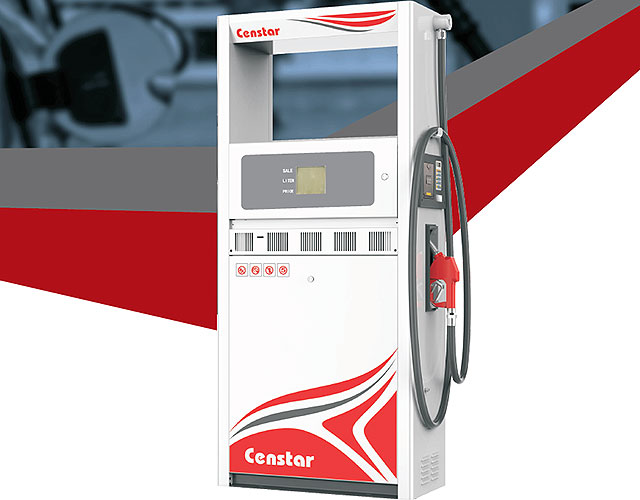
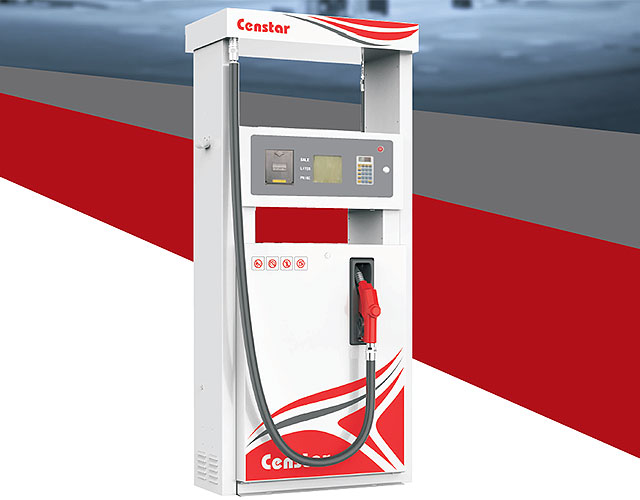
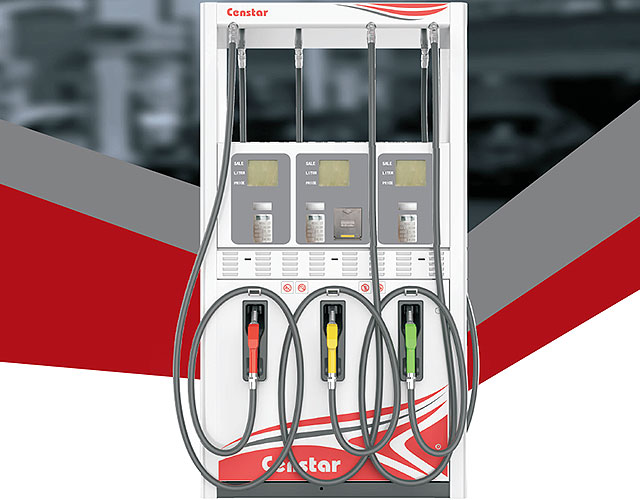
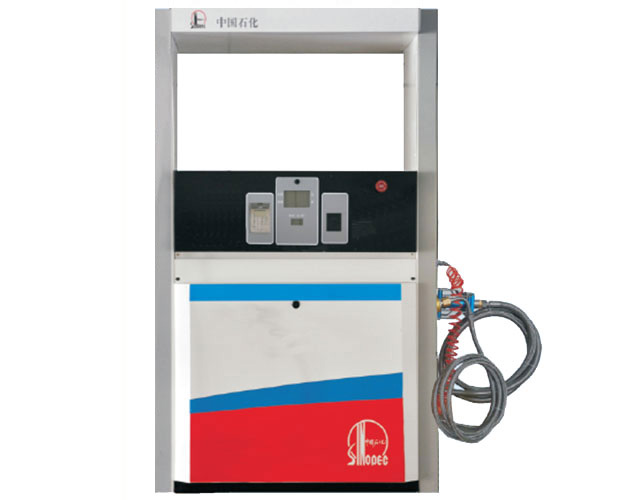

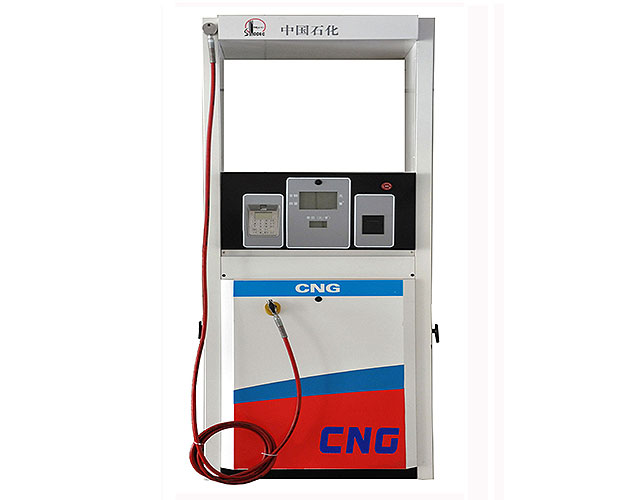
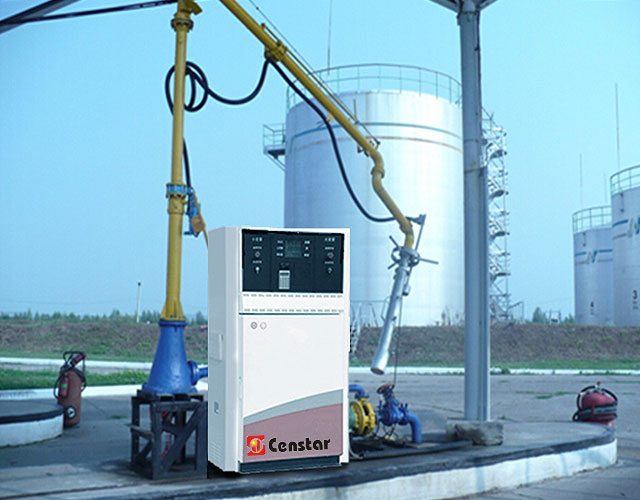
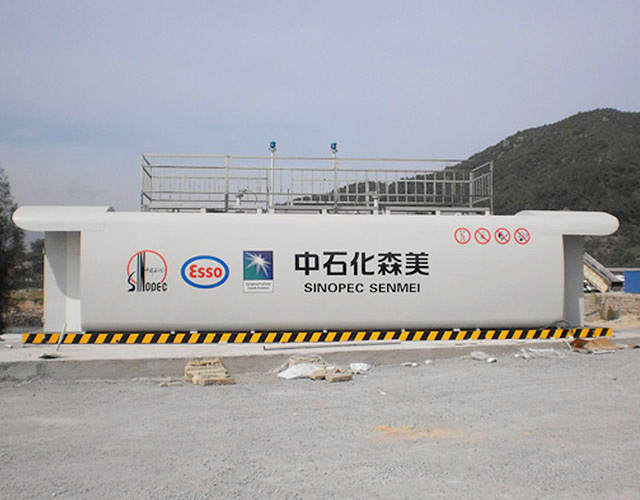
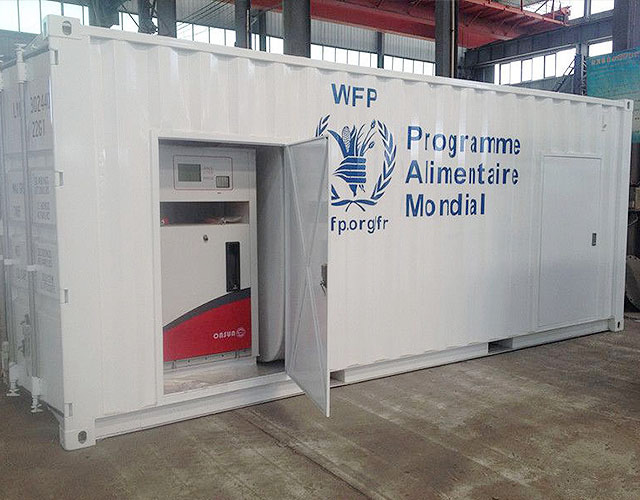
 Message
Message tel
tel Inquiry
Inquiry